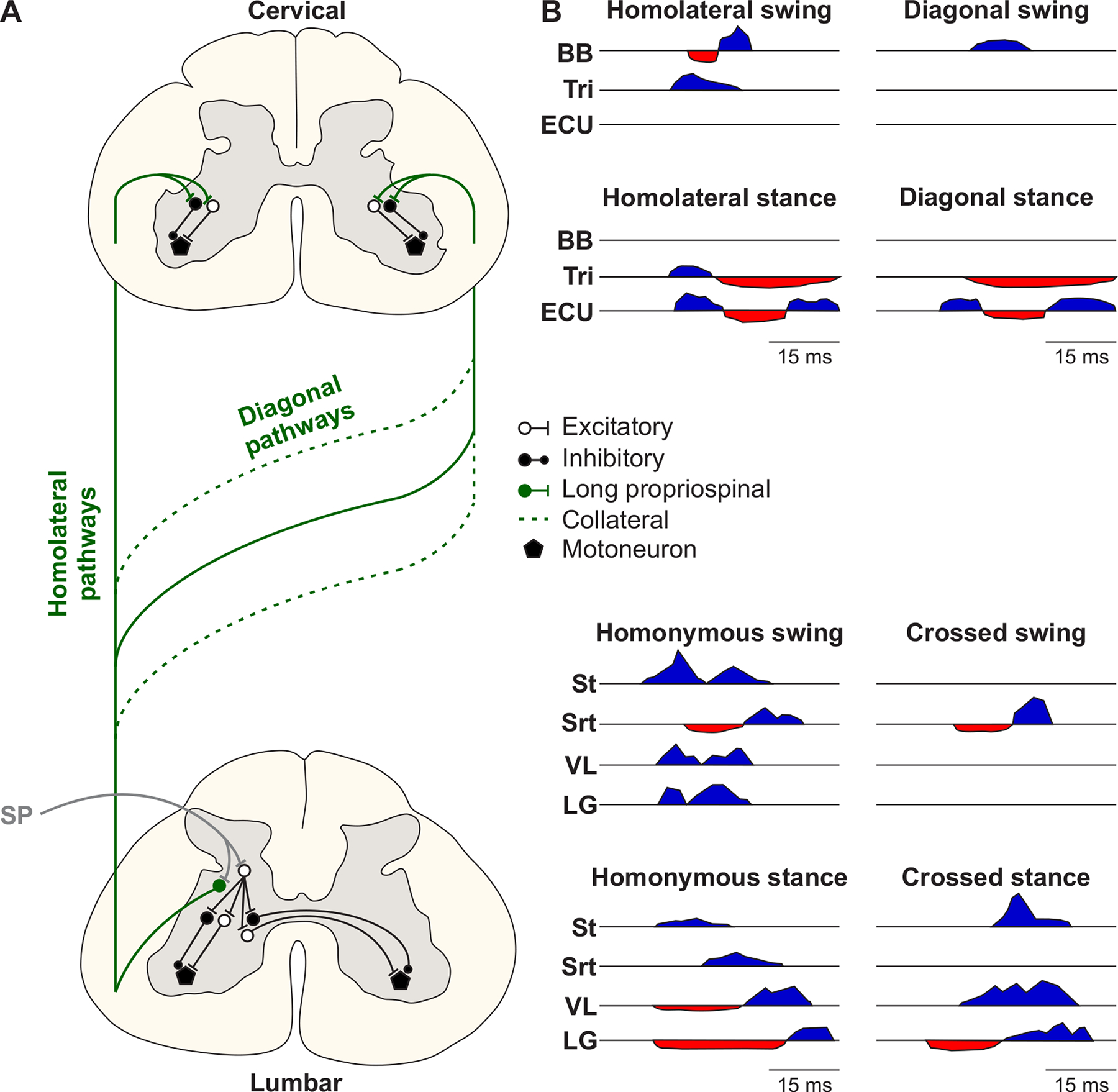Figure 22. Interlimb reflexes coordinate the four limbs during locomotion.

Schematic of reflex pathways and main responses during stance and swing evoked by SP nerve stimulation. A) Upon entering the spinal cord, primary afferents from the SP nerve contact 1) interneurons that project within the hemisegment (homonymous responses), 2) commissural interneurons that project contralaterally (crossed responses), and 3) ascending propriospinal neurons with their main axonal projections terminating ipsilaterally (homolateral responses) or on the other side (diagonal responses). Diagonal pathways cross at various segments along the length of the spinal cord and include collaterals from homolateral pathways that also project contralaterally. B) Panels show the main pattern of forelimb and hindlimb responses evoked with SP nerve stimulation when the different limbs are in mid-swing or mid-stance. Responses shaded in dark blue represent excitatory responses while those in red represent inhibitory responses. Responses are aligned to the start of the stimulation. Adapted from (408).
